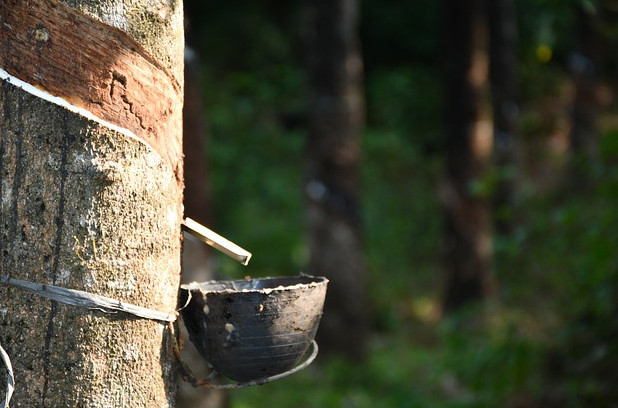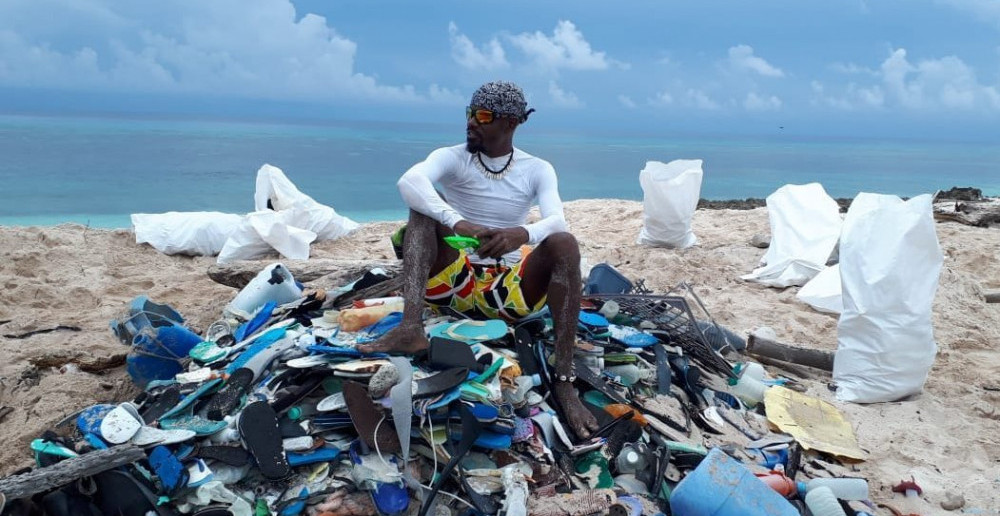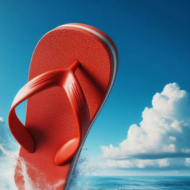Flip flops have an environmental impact. Let’s see about it.
It’s the Economy, Stupid
The politician strategist, James Carville, for the 1992 presidential campaign of William Jefferson Clinton, the 42nd president of the U.S., coined the phrase, “It’s the economy, stupid.” It highlighted the values of much of the U.S. public and reminded many Americans why they vote, or should vote, for their presidential candidate. This phrase, and its repetition, then, helped in the election of President Clinton. Still, now, Americans use it to help them focus on their perceived priorities when voting for elected political officials.
Now, It’s the Environment, S…..silly!
This is not a political blog but I raise the specter of PRIORITIES in our lives. Beyond the priority of the economy, a pressing priority today is the environment. Decisions we make personally and collectively affect the environment, and so we pay attention.
In daily life, we make informed decisions, including decisions about our individual life habits: about our shelter, transportation, food, and the clothes we wear–our interactions with earth.
When it comes to flip flops, there’s awareness to be had.
From Rice to Rubber, and a Return
For the first millennia of flop flops, people used natural materials in their construction: Rice straw, hemp, wood, and leather. These are biological, naturally occurring, materials. Flip flops made of these materials were and are easily reusable or recyclable and biodegradable and compostable.
Rubber in the 20th century began to be used as a material to construct flip flops. Rubber is a biological material, made from the sap of rubber trees, heated and mixed with sulfur.
Rubber has a terrible and human, industrial age, history, which informs its meaning, use, and impact today. 
Let’s know about it.
- Rubber was first used by the people of Caribbean and Amazon. The milky teardrops from the bark of the Hevea brasiliensis were used to make bouncing balls for sport. The balls and play were observed by a Christopher Columbus expedition on western Hispaniola, today’s Haiti, in the 1400’s.
- In 1844, Charles Goodyear took a patent out for “rubber.” He added sulfur to heated rubber tree sap. Thomas Hancock was doing the same in Britain. John Dunlop made the first bicycle tire in 1889 and the first automobile tire in 1906. After automobile mass manufacturing dramatically increased beginning 1910 and then with WWI, rubber was in high demand.
- Earlier, in the late 1870s, an Englishman pirated the seeds of the rubber tree from the Amazon back to Europe. This was the great Rubber Theft. In time, the European powers populated plantations of rubber trees in South East Asia and Africa.
- There is the dark history of rubber. In the Americas, rubber made possible for a few to accumulate extreme wealth. The barons constructed the first opera house in Manaus, the principal capital city of rubber on the Amazon River. England, Belgium, and France and other European powers further developed rubber plantations in southeast Asia and Africa. Around the world on rubber plantations, human rights of the farmers and laborers were terrifically abused. This cannot be understated. This is the dark history, the terrible chapter, of labor and rubber in the industrial age.
- Synthetic rubber was invented to replace natural rubber. These efforts include among many the inventions of Dupont’s Neoprene in 1931 and Bayer’s 1950s Polyurethane. More recently, thermoplastic elastomers (TPE’s), a class of a number of synthetic rubbers, are being used for a wide variety of products, including tires. Synthetic rubber (plastics) are made from crude oil and natural gas. The price for natural rubber collapsed with the invention of synthetic rubber and plastics, and disruption of economies and lives resulted.
- Today, one third of rubber is still made of natural rubber. Its primary use is for very large tires and aircraft tires.
What’s Green About Flip Flops?
Some flip flops are greener than others.
A. Flip flops made of rice straw, hemp, leather, and wood are green. They are biodegradable and compostable, and recyclable.
B. Flip flops made of rubber can be green, if labor, land, and water issues are dealt with directly and transparently.
-Rubber itself is natural.
-Rubber is biodegradable.
-Rubber is also recyclable.
Is rubber better, greener, than plastic? Yes. Rubber is nontoxic and free of petroleum and heavy metals. It’s biodegradable (in 50 years) and recyclable entirely. Careful management of rubber as a natural resource is required to avoid exploitative labor, land, and water use. Management of this renewable resource is a challenge. It does not just happen. It requires careful attention by governments, people, and the industry to avoid another “dark chapter” in the history of rubber.
C. Flip flops made of plastic, are they Green? Flip flops made of plastic are not biodegradable. They can perhaps be recycled for additional uses. No, plastic is not green.
****Check out the cleanup efforts of plastic flip flops and other debris on the coasts of Seychelles, India, Madagascar, and Mozambique. One such effort is the Adabra Clean Up Project at aldabracleanupproject.wordpress.com

